The 2024 Paralympics will take place from August 28 to September 8. One thing that can be confusing for those new to the Paralympics is the unique classification system of the tournament.
"Classification is the cornerstone of the Paralympic Movement, deciding which athletes are eligible to compete in which sports and how athletes are grouped together to compete," said the International Paralympic Committee (IPC).
Here are some important facts about the Paralympic classification system:

The Paralympic logo at the Arc de Triomphe ahead of the 2024 Paralympic Games in Paris. Photo: Getty
What is a Paralympic athlete?
According to the IPC, Paralympic athletes are classified according to "the degree of activity limitation caused by the impairment".
The IPC says that because different sports require different physical demands, the classification process "aims to minimise the impact of the impairment on the athlete's performance" so that their sporting ability can be demonstrated.
Classification groups are designated by a letter, usually the initials of the sport, and a number. Typically, the lower the number, the greater the impairment, but not always, according to the Paralympic website.
The IPC “Athlete Assessment” process aims to answer the following three questions:
Are athletes permanently 'disabled'?
First, it must be considered whether the athlete has an “underlying health condition” that would result in “permanent impairment of eligibility.” The assessment is carried out by the governing body of the International Sports Federation that oversees each individual sport.
There are 10 different types of impairments, which are generally divided into three groups: physical impairments (impaired muscle strength, impaired range of motion, limb impairments, leg length discrepancy, increased muscle tone, instability, torticollis, and short stature), visual impairments, and intellectual impairments.
While some sports offer competitive opportunities for all 10 disabilities (such as swimming and athletics for the disabled), there are sports that are specific to only one disability, such as handball for the visually impaired.
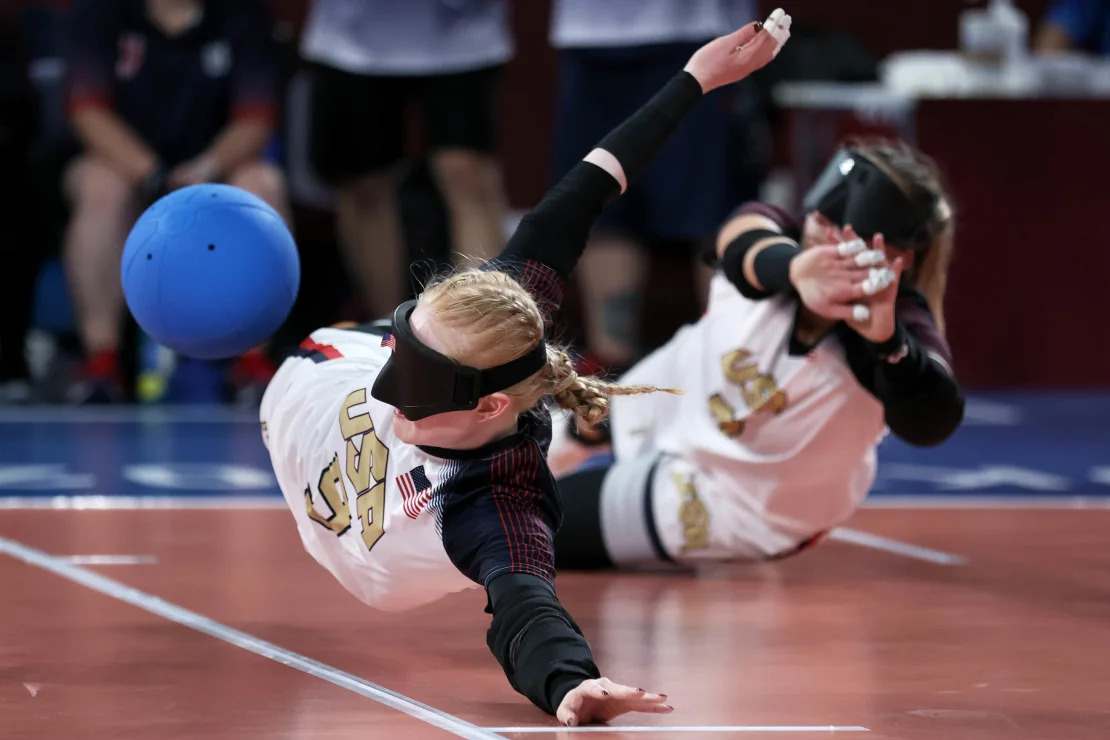
Team USA competes in the women's handball gold medal match against Türkiye at the Tokyo 2020 Paralympics. Photo: Getty
"Minimum disability criteria" for each sport
Once an athlete has been assessed as having a “qualifying disability,” it is then necessary to determine whether the athlete meets the “minimal disability criteria.”
According to the IPC website, each sport has rules that "describe the severity of the disability required for an athlete to be considered eligible to compete."
The “minimal disability criteria” are used to determine whether an athlete’s “qualifying impairment” affects their ability to perform the specific tasks of their sport.
Examples of “minimal disability criteria” include a maximum height established for athletes with short stature or a level of amputation established for athletes with limb disabilities. These criteria are based on scientific research.
Ranking in each sport
The final step is to decide on the athlete's sport.
While sports like para-ice hockey and para-powerlifting have just one class, other sports have multiple classifications. In athletics, there are more than 50 classifications.
The classification mechanism will group athletes with similar athletic limitations together so they can compete at a similar level, but does not necessarily group athletes with the same impairments separately.
"If different impairments cause similar activity limitations, athletes with these impairments should still be allowed to compete together," the IPC said.
Because some impairments progress over time, athletes may change classifications several times throughout their careers.
The final two stages are carried out by a classification panel made up of at least two experts described by the IPC as having “in-depth knowledge of the impairments and their impact on the respective sports”. Classifiers include doctors, physiotherapists, coaches, sports scientists, psychologists and ophthalmologists.
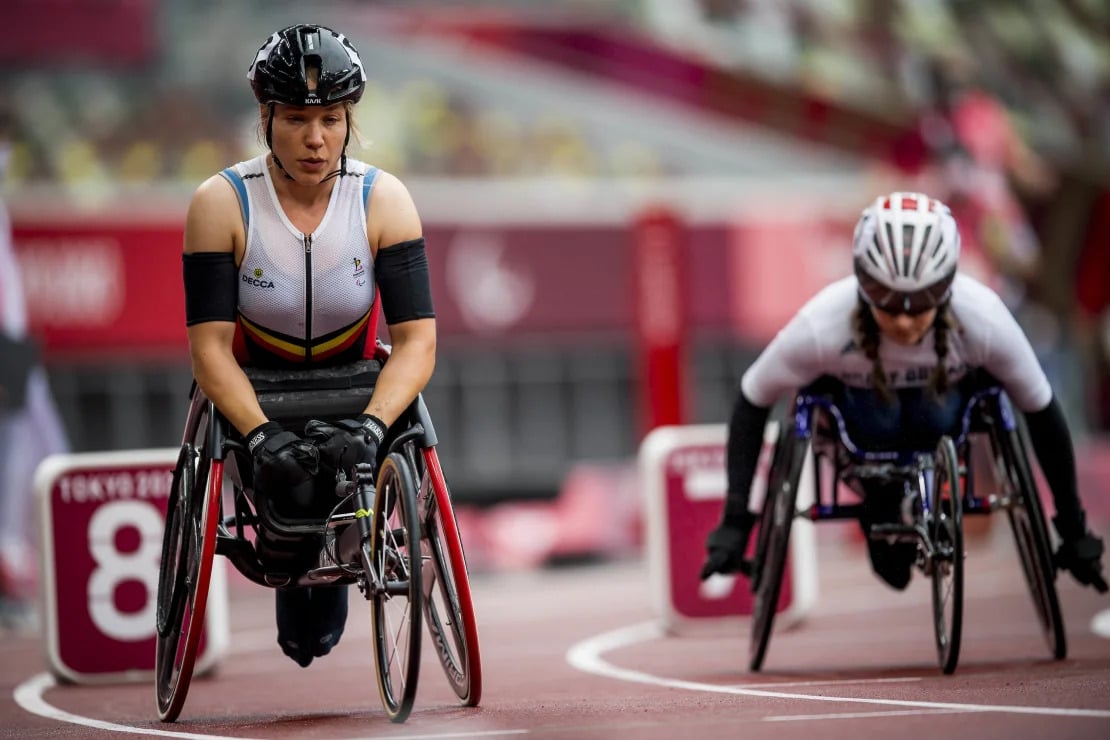
Belgian athlete Joyce Lefevre (left) before the women's 800m T34 final at the Tokyo 2020 Paralympics. Photo: AFP
Examples of some classifications
Track and Field and Jumping (Running and jumping sports have the prefix T - track)
T11-13: Visual impairment (disability category T13 is for athletes with visual impairment).
T20: Intellectual disability.
T45-47: Upper limb or limbs affected by limb deficiency, decreased muscle strength, or decreased passive range of motion.
Para Taekwondo (The prefix K is used because of the Korean word for sparring, 'kyorugi')
K43: Amputation of both arms below the elbow or equivalent loss of function of both upper limbs.
K44: Amputation of one arm (or equivalent loss of function) or loss of a toe affecting the ability to lift the heel properly.
Bicycles for the disabled (The prefixes used are B for blind tandems, C for cycling, T for tricycle, H for handbike)
H1 to H5: Spinal cord injury or prosthesis of one or both lower limbs.
T1 and T2: Movement disorders and balance problems, such as cerebral palsy or hemiplegia.
Ngoc Anh (according to CNN)
Source: https://www.congluan.vn/he-thong-xac-dinh-vdv-khuet-tat-tai-paralympic-hoat-dong-nhu-the-nao-post309998.html



![[Photo] General Secretary To Lam receives the Director of the Academy of Public Administration and National Economy under the President of the Russian Federation](/_next/image?url=https%3A%2F%2Fvphoto.vietnam.vn%2Fthumb%2F1200x675%2Fvietnam%2Fresource%2FIMAGE%2F2025%2F12%2F08%2F1765200203892_a1-bnd-0933-4198-jpg.webp&w=3840&q=75)




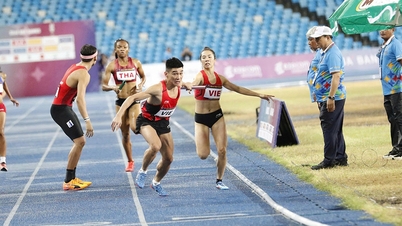

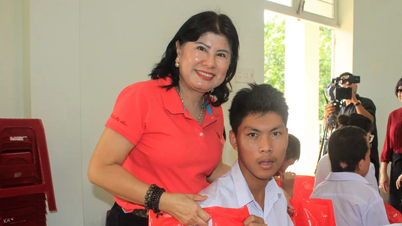























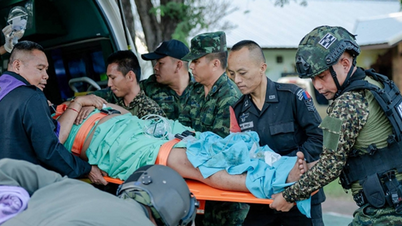



















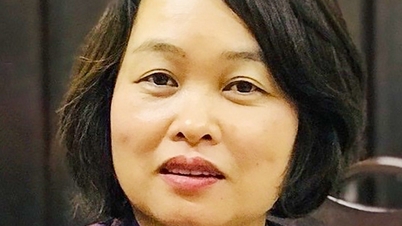


















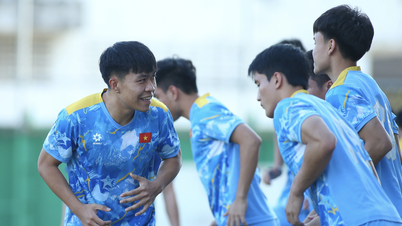
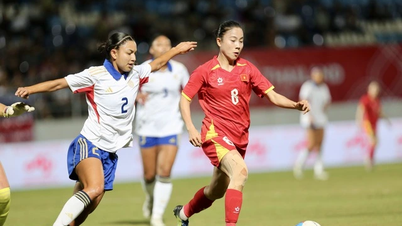





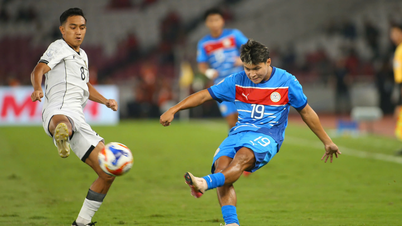




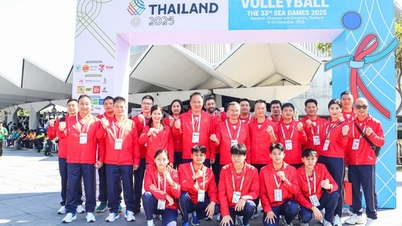







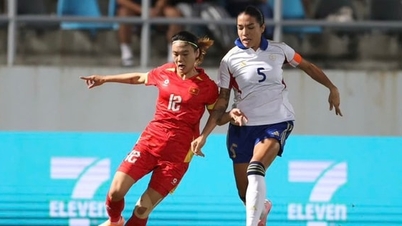




















Comment (0)